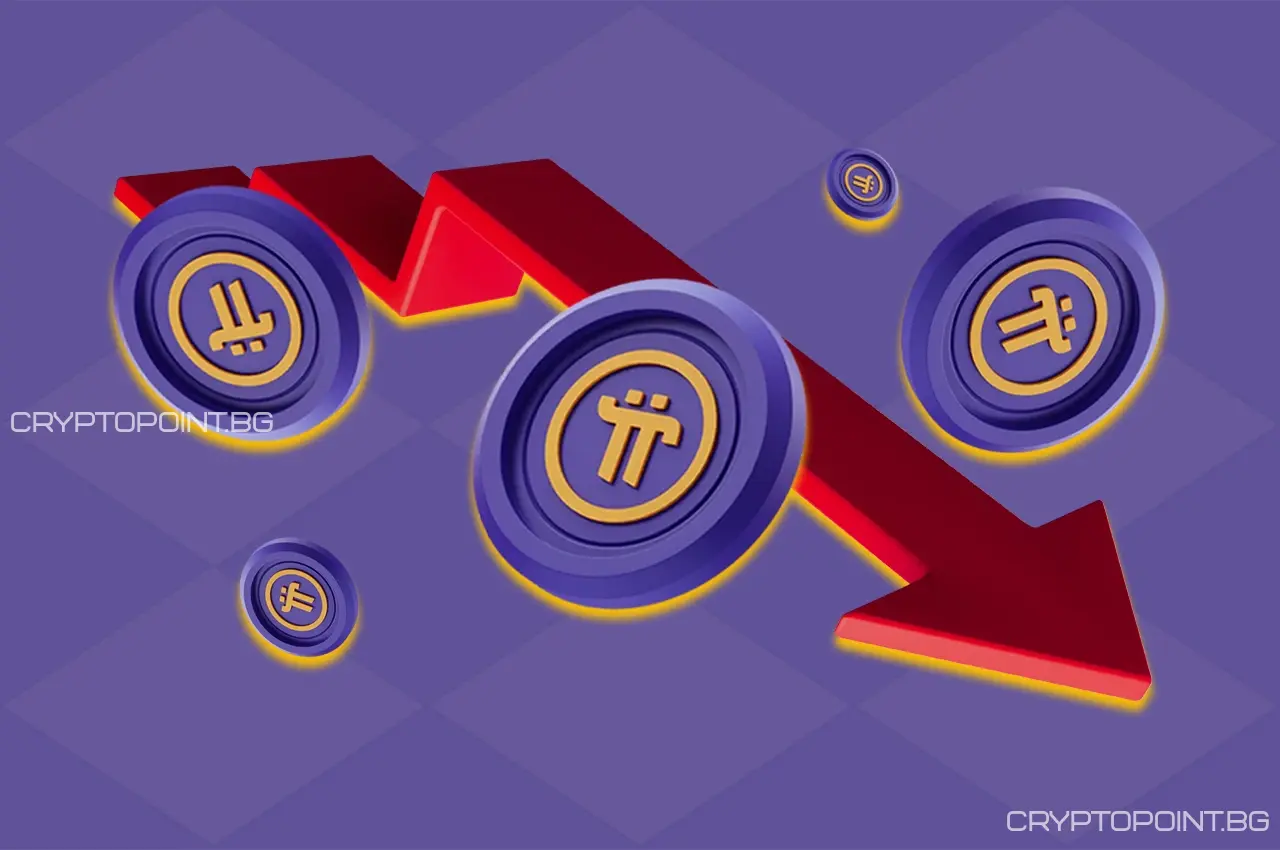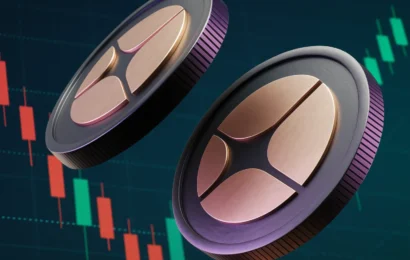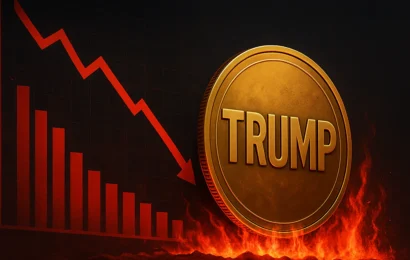
Sharp Drop in Pi Coin Price
Pi Coin, one of the most talked-about altcoins in recent months, has suffered a dramatic crash. After peaking at $2.98 last month, the token is now trading around $0.80—a drop of nearly 70%. This is interpreted as a sign of a significant shift in investor sentiment and growing uncertainty about the project’s future.
Market Capitalization Also Takes a Hit
Alongside the price decline, Pi Coin’s market capitalization has shrunk to around $5.48 billion, significantly lower compared to when the token was ranked among the top 15 cryptocurrencies.
Mass Token Unlock Incoming
Over 105 million Pi tokens, worth approximately $85 million, are scheduled to be unlocked next month. The largest event is set for April 3, when 6.8 million tokens will be released in a single day. This development raises concerns that the additional supply will place heavy downward pressure on the token’s price.
Pi Network Transitions to KYC Verification
Meanwhile, Pi Network is continuing its migration to the mainnet, transitioning from phone number verification to a KYC process via email. Although this is considered part of the project’s evolution, it has failed to inspire confidence among investors affected by falling prices and growing supply.
What’s Next for Pi Coin?
With the upcoming mass unlocks, weak market momentum, and lack of new positive catalysts, the future of Pi Coin remains uncertain. The community is closely watching how the market will respond and whether the project can regain lost trust.
Frequently Asked Questions
Find answers to the most common questions below.
The reasons include mass sell-offs by investors, lack of strong news, and the upcoming unlock of over 100 million tokens.
The large influx of new tokens into the market may cause further price decline, as supply increases without matching demand.
The new process involves verifying identity via email instead of phone number, aiming to improve user security and trust within the network.
Recovery is possible but depends on multiple factors, including market behavior, community trust, and development of the project’s infrastructure.
This article is for general informational purposes only and is not intended to be, nor should it be considered, legal or investment advice.




